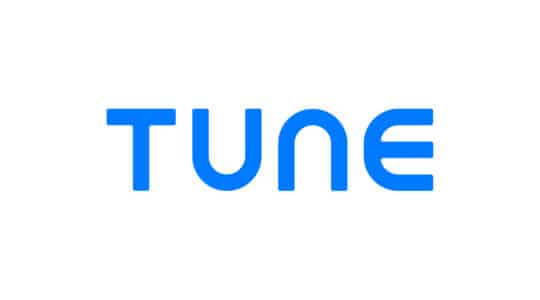2013 was the year of mobile… apps, that is. Both Google Play and the Apple App Store now boast over one billion apps, and more than 100 billion apps were downloaded worldwide last year.
The growing demand for apps is a massive opportunity for app developers. However, as the market continues to flood with the latest and greatest, capturing and keeping the attention of users amid a constant stream of distractions will only become more challenging. Thankfully, mobile app growth has prompted the rise in effectiveness of Facebook Mobile App Ads. A recent study found that apps downloaded via a Facebook Mobile App Ad had a 12 percent higher retention rate, compared to apps that had been discovered and downloaded organically.
The expansive targeting options, unique creative content, and re-engagement capabilities built in to Facebook Mobile App Ads help app developers attract and keep long-term, quality users. Here’s how to take advantage of all three:
1. Matchmaker Ability
Facebook’s rich data set and new CPA/oCPM advertising auction tools present excellent opportunities for developers to nail down maximally efficient marketing spends. By tailoring ads and applying A/B testing, developers can hyper-target engaged, high-value users, and, therefore, increase acquisition rates.
Perhaps more importantly in the new landscape, the audience data gathered through testing can also be leveraged to identify the most attractive potential users. It’s not uncommon for as little as 5% of an app’s user base to drive the vast majority of revenue. Better understanding these high-engagement users is therefore tremendously valuable.
Interests targeting, which lets advertisers target users based on their Facebook activity, helps pinpoint audiences that will be most receptive to ads for an app. User Location, Demographic data, type of device, and other categories allow developers increased levels of marketing efficacy. Pairing this information with HasOffers’ in-app analytics is a powerful one-two punch.
For example, by registering the traits of existing users, developers can refine and enhance a product. Recognizing patterns among high-value users can also allow more effective targeting of new users through Facebook – as well as angles to drive revenue within the app.
Aligning the user traits with in-app behavior allows developers to engage speedy feedback loops and learn exactly who is engaging with the project. The information helps to focus revenue streams and to refine or add relevant features.
2. Video Magic
Since apps are dynamic and interactive, plain text and regular panel graphics can fall short of capturing an app’s experiential appeal. If your app is sparkling, intuitive, and elegant… why not demonstrate it to potential users? Video creative provides the opportunity to hook a potential user immediately and more viscerally, while providing a clearer window into how the app looks and feels. Ad viewers can more confidently download an app they’ve seen in action, reducing the likelihood they’ll uninstall soon after download.
3. Drive Revenue from Existing Users and Re-Engage Dormant Users
Most apps are low-impact investments, meaning that users can easily neglect to open an app – or even be quick to delete an app – should it fail to resonate immediately or to meet long-term expectations. While a low-impact pitch encourages acquisition, it does not innately serve to solidify engagement. Responsibility therefore lies with developers to earn and maintain user engagement well after the install.
A powerful solution is to show targeted, personalized Facebook ads to a Custom Audience of people that already have the app installed. These ads can bring a user directly to a specific, customizable location within the app – such as a special promotion or updated game level.
Ads can be shown at specific time increments after an install, or after a pre-specified period of disuse. Reminding the user of an app’s value proposition – or advancing the value proposition with added features and special offers – helps to harness engagement and drive revenue. Hotel Tonight, for example, has used this function to show ads that encourage existing users to book a last-minute getaway.
According to a study by Facebook partner Localytics, 66% of app users will open apps fewer than 10 times. To address the trend, Apple has recently changed its algorithm for App Store rankings to favor retention – therefore the holy grail of app marketing (in-store ranking) will increasingly hinge on successfully forging repeated use and engagement with the product.
Facebook ads provide a targeted creative platform toward this end. Seven different call-to-action choices currently exist within Facebook ads. They include universal actions like “Use App” or “Open Link,” as well as more vertical specific actions like “Shop Now,” “Watch Video,” “Listen Now,” “Book Now,” or “Play Game.”
Best practices for app development and engagement now include a multi-pronged approach. Synthesizing in-app analytics with a hyper-targeted dynamic advertising scheme on Facebook provides an effective recipe for increased installs, as well as building and sustaining buoyant, lucrative user engagement.
Author
Becky is the Senior Content Marketing Manager at TUNE. Before TUNE, she handled content strategy and marketing communications at several tech startups in the Bay Area. Becky received her bachelor's degree in English from Wake Forest University. After a decade in San Francisco and Seattle, she has returned home to Charleston, SC, where you can find her strolling through Hampton Park with her pup and enjoying the simple things between adventures with friends and family.




you mean >>now boast over one *million* apps